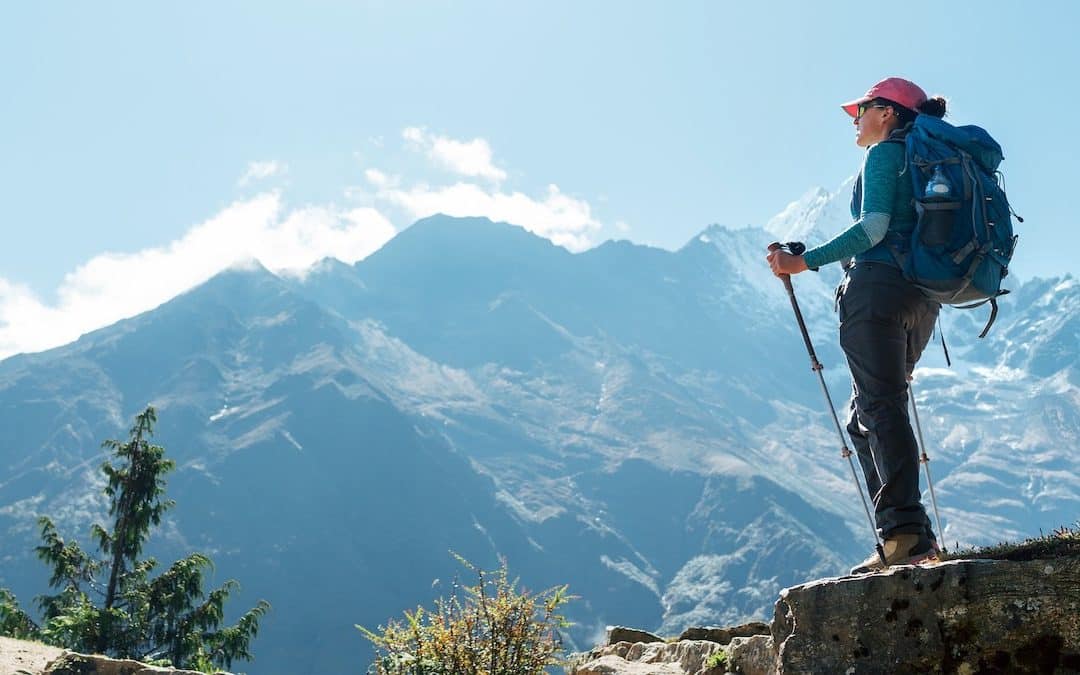Traveling to higher altitudes can trigger migraine attacks for some individuals. This phenomenon has been observed in studies involving people who climbed to high altitudes, such as a mountain in Colorado (4,300 metres high). Those with a history of migraine were 2.5 times more likely to develop a headache and 14 times more likely to experience a headache resembling a migraine compared to those without a migraine history. In this article, we explore how altitude can impact migraine and share strategies to manage and prevent altitude-related attacks.
Possible Triggers Related to Altitude
- Barometric Pressure Changes:
- People with migraine often report sensitivity to changes in barometric pressure. At higher altitudes, air pressure drops significantly.
- For example, traveling from sea level to Calgary (1,045 meters elevation) results in a barometric pressure drop of about 91 mmHg. Going from sea level to Cuzco in Peru (3,400 meters elevation) results in a drop of about 238 mmHg.
- These pressure changes are much larger than those experienced during weather changes, even in extreme conditions like hurricanes.
- Reduced Oxygen Levels:
- Higher altitudes have lower oxygen levels, which can trigger migraine.
- The concentration of oxygen in the air remains 21%, but the air is thinner, meaning fewer oxygen molecules are available.
- At sea level, the partial pressure of oxygen is about 150 mmHg, whereas in Calgary it is about 130 mmHg, and in Cuzco about 100 mmHg.
- Although the body can usually compensate for lower oxygen levels, these changes can still induce chemical shifts that trigger migraine in susceptible individuals.
Preventing Altitude-Related Migraine
While direct research on preventing altitude-triggered migraine is limited, there are strategies derived from studies on acute mountain sickness that may help:
- Gradual Ascent:
- Ascending to higher elevations gradually and spending time at intermediate elevations allows the body to acclimatize and may help prevent migraine.
- Reducing Other Triggers:
- Avoid other common migraine triggers during ascent, such as sleep deprivation and dehydration.
- Medications:
- Acetazolamide (Diamox): Taking 125 or 250 mg twice a day starting the evening before ascent is the most proven treatment for headaches related to acute mountain sickness.
- Steroids: A short course of steroids like dexamethasone might be beneficial, but it is important to consult with a doctor before use.
- Ibuprofen: Taking ibuprofen three times a day starting on the morning of the ascent may help, though it appears less effective than acetazolamide.
Post #2028



